
Whether a donor forgot to give or didn’t believe their gift mattered that much, it’s all too easy for nonprofits to lose donors’ support. Fortunately, lapsed donors are not lost causes.
Statistics show the one-time donor retention rate is only 18.6%, but that rate increases every time donors give again. In other words, your nonprofit is more likely to secure sustainable support by cultivating relationships with donors who have given in the past rather than brand-new prospects.
This still begs the question: How can your nonprofit reengage lapsed donors and secure long-term support? Many strategies, like thoughtful email campaigns or personalized thank-you cards, are good starting points. However, to be successful, these strategies must be rooted in data.
Let’s walk through the practical steps your nonprofit can take to use impact data to reengage lapsed donors.
1. Measure Your Impact.
A common reason donors disengage with a nonprofit is that they think their contributions aren’t making a difference. Impact data directly addresses this concern by showcasing the results your organization achieves using donors’ gifts.
UpMetrics’ impact measurement guide explains that this data helps donors see an organization’s results for themselves, which can be rewarding and motivate them to give again.
First, choose an impact framework to guide your efforts. This resource will outline how your organization measures, manages, and communicates its impact by structuring your data assessment.
Next, collect data that will help you calculate any key impact indicators (KIIs) from your impact framework. You may have to consolidate this data from various sources, such as:
- Spreadsheets or dedicated donor databases
- Marketing tools
- Survey or focus group responses
- Publicly available data that relates to your mission
Types of Impact Data to Collect
To accurately measure and communicate your organization’s impact, there are two types of data you’ll need to collect:
- Quantitative data: These are measurable, numerical indicators of your organization’s impact, such as the number of beneficiaries served or a percentage increase in revenue.
- Qualitative data: These are the descriptive or narrative indicators of your organization’s impact, such as testimonials from beneficiaries, volunteers, and staff members.
While hard numbers are important, you’ll also need to demonstrate the intangible results of your organization’s work for a fuller picture of your impact. Remember, storytelling is a powerful tool for donor engagement, and the best stories contain a blend of precise numbers and emotional narratives.
For example, imagine you send one of the following messages to a lapsed donor:
- Message 1: Last year, we provided 1,500 meals and reached 98% of our delivery goals. This year, we want to double the meals provided and expand into two new zip codes.
- Message 2: Maria, a single mother who received meals from our organization last year, says, “This program gave my family hope during a tough year. Please keep serving our community!”
The first message lacks emotion, while the second lacks any substantial proof. Instead, you can combine quantitative and qualitative data to send a well-rounded message that compels lapsed donors to take action:
When you last gave, your contribution allowed us to deliver 1,500 meals that reached families like Maria’s. She says, “This program gave my family hope during a tough year. Please keep serving our community!” And we intend to do just that. Will you join us as we aim to deliver 3,000 meals to the community this year?
2. Create Impact Storytelling Assets.
While impact measurement is a critical first step in reengagement, you can’t just list a handful of statistics and stories in a letter and send it out to lapsed donors. You’ll need to organize your impact data in a compelling document that inspires lapsed donors to get involved again.
This document is called an impact report, and your nonprofit can use it to tell the story of what you’ve accomplished and encourage lapsed donors to be a part of your work. You can also share this information through visual ans interactive assets, such as:
- Visual report (images, infographics, etc.)
- Video report
- Webpage or microsite
Analyze the data collected during the impact measurement process to determine which information will best motivate your lapsed donors. Keep in mind that you can create different impact reports for different audiences. Creating a report specifically for lapsed donors will help you narrow your focus to engage them more directly.
No matter the format you choose, your impact report should include:
- An introduction that reminds lapsed donors of your mission and vision
- A brief description of the methodology you used to measure your impact
- Testimonials and quotes from those directly involved in or benefiting from your nonprofit’s work
- A call to action that makes it clear how lapsed donors can reengage
This information lays the groundwork for an effective fundraising appeal down the line, but the report itself shouldn’t directly ask for donations. Make your call to action more gentle, like “Your help has been instrumental in our nonprofit’s work… are you willing to help again?” This language keeps your reengagement efforts focused on trust-building and avoids tiring donors with continuous requests for money.
3. Share Your Impact Story Across Channels.
Once you’ve created an impact report, you’re ready to share it across the channels that will reach your lapsed donors. Just as email is the ideal medium for sharing engaging newsletters, and text messages are best for short-form campaign reminders, different channels offer different benefits when it comes to sharing your nonprofit’s impact. Choosing the right format can make the difference between lapsed donors noticing and ignoring your message.
Here are some channel-specific insights from Getting Attention’s roundup of marketing statistics:
- Video messages are easy to remember. When you format your outreach as videos, viewers will retain 95% of your message, compared to just 10% when reading it in plain text.
- Images yield greater engagement. Content with images has a 650% higher engagement rate than content without.
- Facebook should be a significant part of your nonprofit’s outreach strategy. Social media inspires 32% of donors to give, and 56% of donors say that Facebook is the platform that has the most influence on their decision to donate.
- More channels equal more attention. 39% of people report being very likely to respond to an advertisement when they encounter it across multiple channels. Also, combining direct mail with digital ads can yield a 28% conversion rate.
Ultimately, the channels you choose should align with where your lapsed donors are most active. Meet them where they are, and use your impact report to remind them of why they supported your nonprofit in the first place.
Final Thoughts
Reengagement isn’t just about regaining funding. It’s about rebuilding relationships and earning a second chance with those who once believed in your nonprofit’s mission enough to contribute to it. Use your impact data to reignite that passion and share your gratitude for lapsed donors’ past support.
When you share the real, tangible outcomes that your nonprofit has accomplished with their support, you’ll remind lapsed donors that they were, and still are, a vital part of your story.
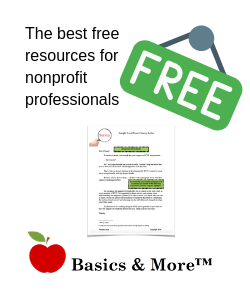
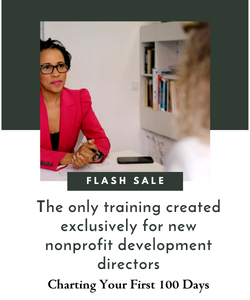
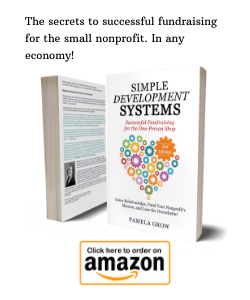
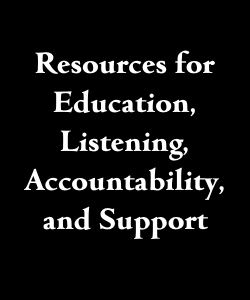
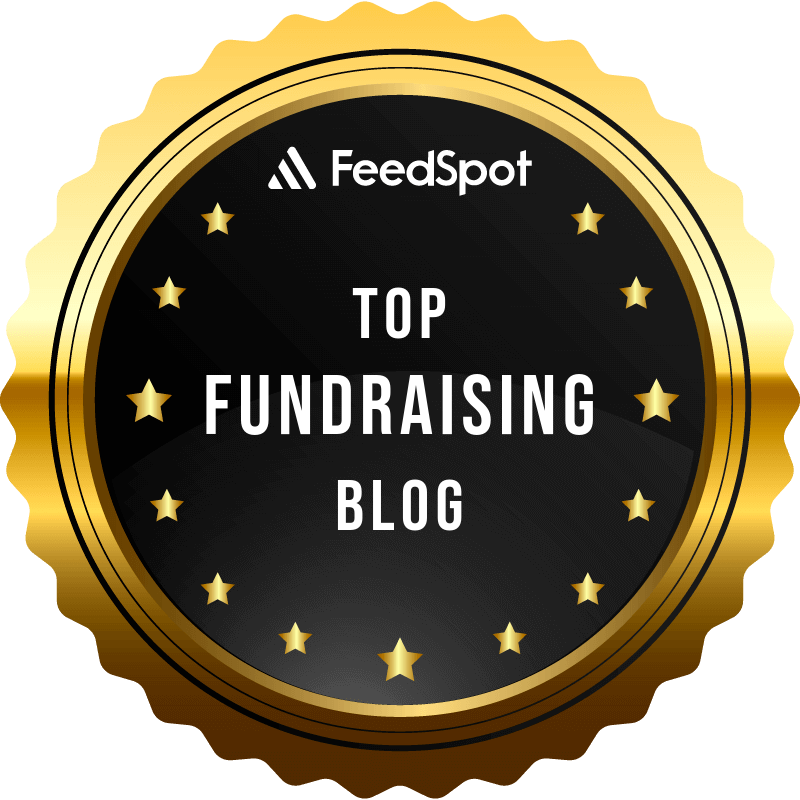
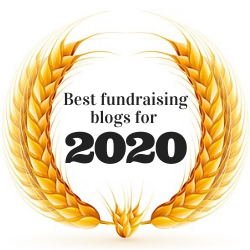


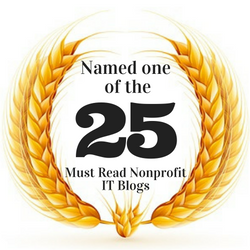
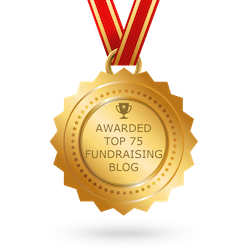
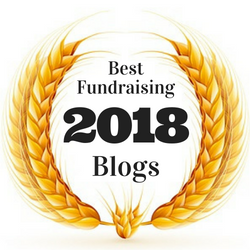

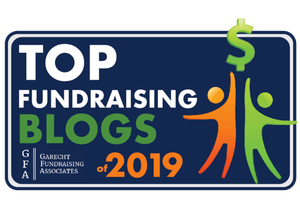
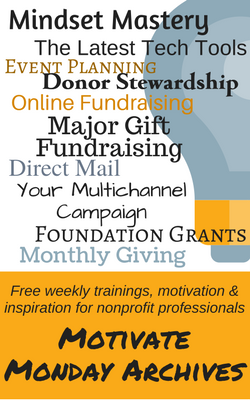

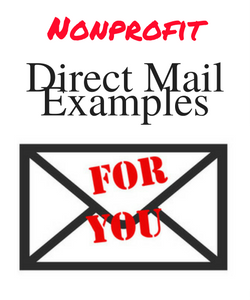


 I can’t wait to meet with you personally.
I can’t wait to meet with you personally.
Comments on this entry are closed.